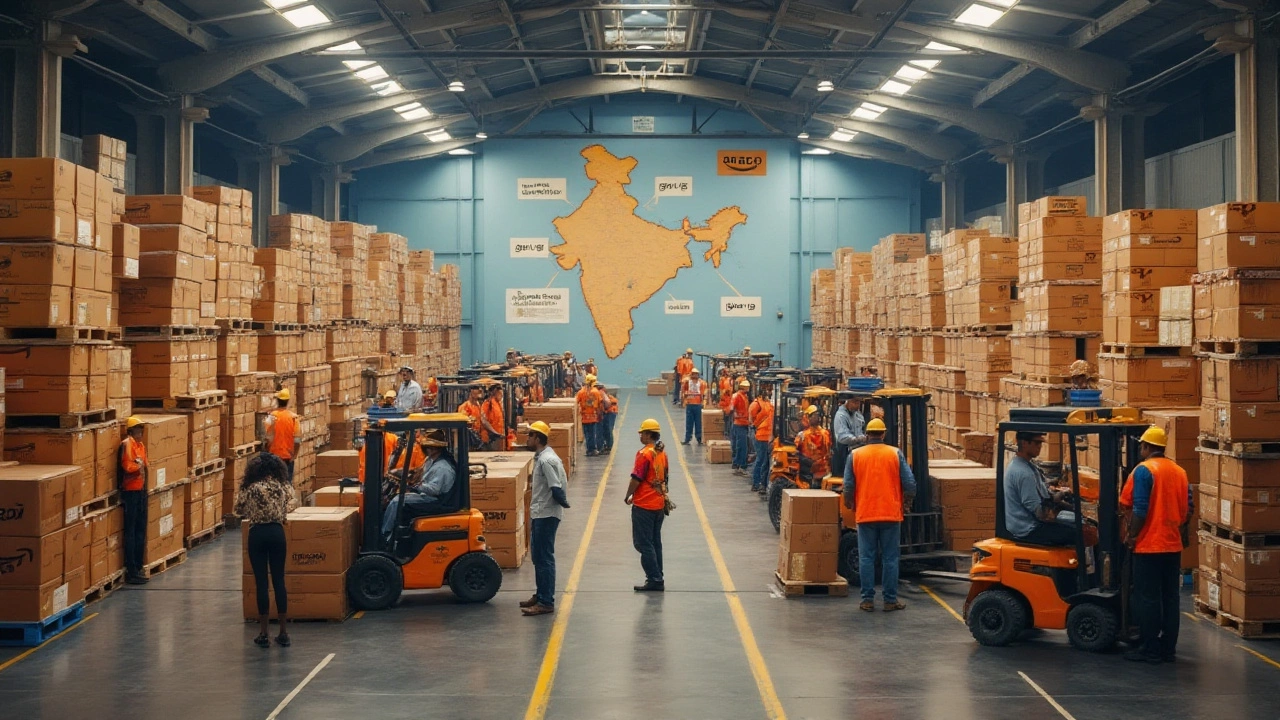Amazon Pallet Explained: What They Are and How to Get One
If you’ve ever seen ads for “Amazon pallets” or heard friends talk about buying them, you’re probably wondering what the hype is all about. In plain terms, an Amazon pallet is a large wooden crate that contains a bunch of returned or overstock items that Amazon shipped out and then got back. These pallets are sold to third‑party buyers at a discount, and you can end up with anything from electronics to home goods—all in one box.
Why Amazon Pallets Exist
When a customer sends a product back, Amazon doesn’t always put it back on the shelf. Instead, they sort items by condition, bundle similar products together, and load them onto pallets. The pallets travel to liquidation centers where they’re auctioned or listed online. This process helps Amazon clear space quickly and makes the items available to small businesses, hobby resellers, or anyone looking for a bargain.
Most pallets are sold as “as‑is,” which means you won’t get a detailed inventory list. You might find brand‑new items, slightly used goods, or even a few damaged pieces. That uncertainty is why buying a pallet is a bit of a gamble, but it can also be a great way to score cheap stock for a side hustle.
Where to Buy Amazon Pallets Safely
There are three main routes to get your hands on an Amazon pallet:
- Online liquidation marketplaces – Sites like Liquidity Services, B-Stock, or direct Amazon Liquidation Auctions list pallets with basic descriptions and photos.
- Local warehouse sales – Some warehouses hold open‑house events where you can walk the pallets, pick what looks good, and pay on the spot.
- Third‑party resellers – Independent sellers buy pallets in bulk and then split them into smaller lots for resale. They often give more detail about the contents.
Regardless of the source, follow these safety tips:
- Check the seller’s reviews and ratings. A solid track record reduces the risk of scams.
- Ask for a photo of the pallet’s top and sides. Even a quick snap can show you if the pallet looks damaged.
- Know the return policy. Some sellers let you reject a pallet within a short window if the items are way off‑spec.
- Calculate total costs, including shipping, handling, and any fees. A pallet might look cheap, but high freight charges can eat your profit.
When you receive the pallet, inspect everything before you start selling. Separate any broken or unsafe items, and list the rest with clear pictures and honest condition notes. Transparency builds trust with your buyers and keeps you clear of disputes.
In short, Amazon pallets are real, they’re a legit source of discounted goods, and they can be a smart way to start a small resale business. Just do your homework, pick reputable sellers, and be ready for a little surprise in every box. Happy hunting!
